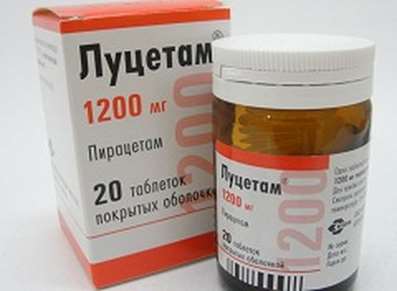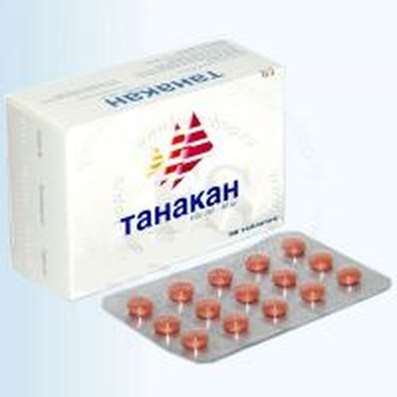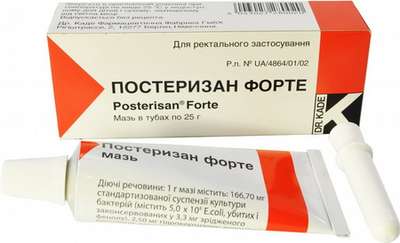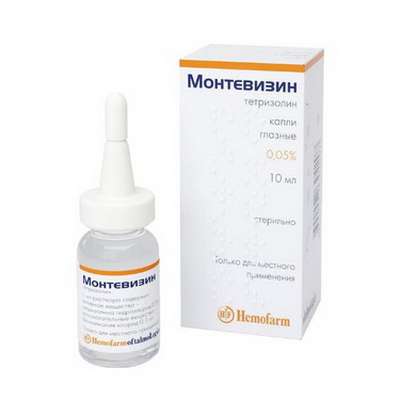Instruction for use: Trihexyphenidyl (Trihexyphenidylum)
I want this, give me price
Chemical name
Alpha-Cyclohexyl-alpha-phenyl-1-piperidinopropanol (as hydrochloride)
Pharmacological group
M-, n-anticholinergics
Nosological classification (ICD-10)
G20 Parkinson's disease
Tremor paralysis, Idiopathic Parkinsonism, Parkinson's disease, Symptomatic Parkinsonism
G21 Secondary parkinsonism
Parkinson's Drug, Parkinsonism, symptomatic Parkinsonism, The lesions of the extrapyramidal system, Parkinson's syndrome
G25 Other extrapyramidal and motor disorders
Extrapyramidal disorders, Disorders of extrapyramidal system, Cerebellar movement disorders, Extrapyramidal hyperkinesis, Pyramidal spastic paresis, The defeat of the pyramidal system, The defeat of the extrapyramidal system
G83 Other paralytic syndromes
Paralysis, Peripheral paralysis, Brown-Sekara Syndrome, Brown-Sekar Syndrome, Hemiparaplegic syndrome, Syndrome of half damage to the spinal cord, Peripheral paralysis of striated muscles
R25.2 Cramp and spasm
Muscle spasms in tetanus, Pain smooth muscle spasm, Pain spasm of smooth muscles (renal and biliary colic, intestinal spasms, dysmenorrhea),Pain spasm of smooth muscles of internal organs, Pain spasm of smooth muscles of internal organs (kidney and biliary colic, intestinal spasms, dysmenorrhea), Painful muscle spasm, mimic spasm, spasticity, Muscle spasms, Muscle spasms of central origin, Muscle spasms, Neurological contracture with spasms, Night cramps in the extremities, Night leg cramps, Symptomatic convulsive state, West syndrome, Smooth muscle spasm, Spasm of vascular smooth muscle, muscle spasm, The spasm of the striated muscles due to organic diseases of the CNS, Skeletal muscle spasm, The spasms of smooth muscles of internal organs, The spasms of skeletal muscles, Spastic condition of striated muscle, Spastic pain, Spasmodic state of smooth muscle, Spasticity skeletal muscle, muscle cramps, convulsions, Leg cramps, Seizures of central origin, convulsive states, Spastic syndrome, Convulsive status in children, Tonic seizures, Cerebral spastic syndrome, Phenomenon jackknife
R25.8.0 * hyperkinesias
hyperkinesia rheumatoid; hyperkinesia trochaic; Hyperkinesia central origin; hyperkinesia; Social tremor.
R29.8 Other and unspecified symptoms and signs related to neuromuscular and musculoskeletal systems
Paresis, Peripheral paresis, Akinesia
Y49.3 Adverse reactions in the therapeutic use of antipsychotic and neuroleptic drugs phenothiazine series
Y49.4 Adverse reactions in the therapeutic use of neuroleptics-derivatives of butyrophenone and thioxanthene
Y49.5 Adverse reactions in the therapeutic use of other antipsychotic and antipsychotics
Y88.0 Consequences of adverse effects of medicinal products, medicines and biological substances used for therapeutic purposes
Amenorrheadue to prolonged courses of antibiotic therapy
Code CAS 144-11-6
Characteristics
White fine crystalline powder. Slightly soluble in water, slowly soluble in alcohol.
Pharmacology
The pharmacological action is antiparkinsonian.
Has a pronounced central n-anticholinergic, as well as peripheral m-anticholinergic action. The central action contributes to the reduction or elimination of motor disorders associated with extrapyramidal disorders. With parkinsonism, it reduces tremor, less affects rigidity and bradykinesia. In connection with peripheral holinoblokiruyuschim action reduces salivation, to a lesser extent - sweating and greasiness of the skin.
Indications
Parkinsonism (idiopathic, atherosclerotic, postencephalitic, medicinal), Little's disease, spastic paralysis associated with lesion of extrapyramidal and pyramidal (less often) system.
Contraindications
Hypersensitivity, zakratougolnaya glaucoma, urinary retention, benign prostatic hyperplasia (with the presence of residual urine), intestinal obstruction, psychosis, dementia, pulmonary edema, pregnancy (I trimester).
Restrictions on the use
Atrial fibrillation, obstructive diseases of the digestive tract, decompensated heart disease, kidney, liver, arterial hypertension, advanced age.
Side effects
From the nervous system and sensory organs: headache, dizziness, irritability, decreased ability to concentrate, delusions, hallucinations, increased fatigue, psychosis.
Effects due to anticholinergic activity: dry mouth, paresis of accommodation, increased intraocular pressure, constipation, urinary retention, tachycardia, impaired sweating.
On the part of the intestine: nausea, vomiting.
Allergic reactions: skin rash.
Other: purulent parotitis (due to decreased saliva), skin hyperemia, lethargic muscles, drug dependence.
Interaction
When combined with histamine receptor blockers, phenothiazine derivatives, tricyclic antidepressants, the intensity of peripheral cholinolytic effects increases. Levodopa increases antiparkinsonian activity (possible dose reduction), reserpine - reduces. Incompatible with alcohol.
Overdose
Characterized by violations of the central nervous system - psychomotor agitation, delirium, hallucinations.
Routes of administration
Inside.
Precautions
Patients over 60 years of age are appointed with great care, because Possible increased sensitivity to the drug (can significantly worsen cognitive function and provoke hallucinations even in average therapeutic doses). It is necessary to regularly monitor the intraocular pressure. The severity of side effects during treatment is reduced. With prolonged treatment, it is possible to develop drug dependence.

 Cart
Cart





